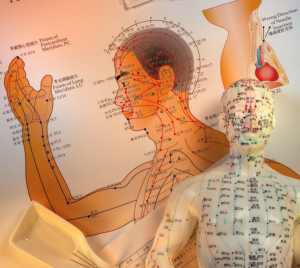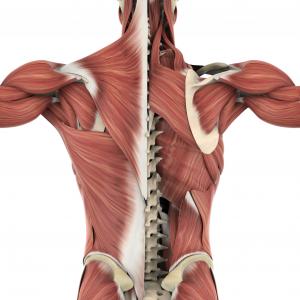Acupuncture: Bridging the Gaps Between Traditional Concepts and Modern Findings
NEW YORK, NEW YORK, USA, June 29, 2021 /EINPresswire.com/ -- The benefits of acupuncture continue to be revealed as clinical studies and traditional methods find common meeting points. Acupuncture webinars are now being given that account for both traditional and modern findings.
Traditional acupuncture is a holistic science that accounts for complex patterns in the body. This has made it challenging for researchers to understand how acupuncture works on a physical level. Much research has been done on how acupuncture influences the nerves, stops pain, and modulates the autonomic nervous system (ANS). The findings in many studies are promising and show both short and long term pain relief.
Adding to our understanding of acupuncture is the anatomy of myofascial lines. Muscles do not work in isolation, but are bound together in structural and functional groups that make up myofascial chains. Osteopaths, structural therapists, and other doctors often use the myofascial lines in treating patients, and a myofasical line model lends many insights into traditional acupuncture theories. In classical forms of acupuncture they often use non-local points for a variety of pain syndromes as well as for internal medical conditions.
Medical acupuncture recognizes the benefits and mechanisms of dry needling trigger points. However, in non-local needling points are inserted distant from the pain, and this is not so well understood. A myofascial line model provides many clues about how distal points can be useful for many disorders. For instance, in a traditional system known as Tungs acupuncture points, needles are inserted in the hands for treating low back pain. While nerve findings reveal how acupuncture can stop pain, it can’t always account for long term mechanical and structural issues related to that pain. The myofascial line model provides an understanding of how points in the hand can have structural benefits for the lower back and spine.
This is a fascinating area of research because it completes the picture for the various ways in which acupuncture is able to produce clinical results. The traditional theories provide a blueprint for acupuncture, while modern research is able to confirm what classical methods work best. In a modern physiological model of acupuncture we can now account for three primary mechanisms. These include the nervous system (electrical), biochemical changes (chemical), and myofascial planes (mechanical). When each of these systems is accounted for in clinical and research design, doctors can unravel many of the mysteries and integrate the best of traditional and modern findings.
James Spears
Integrative Healing Society
email us here
Visit us on social media:
Facebook
Twitter
LinkedIn
Acupuncture Research and Tung's Points
Legal Disclaimer:
EIN Presswire provides this news content "as is" without warranty of any kind. We do not accept any responsibility or liability for the accuracy, content, images, videos, licenses, completeness, legality, or reliability of the information contained in this article. If you have any complaints or copyright issues related to this article, kindly contact the author above.



